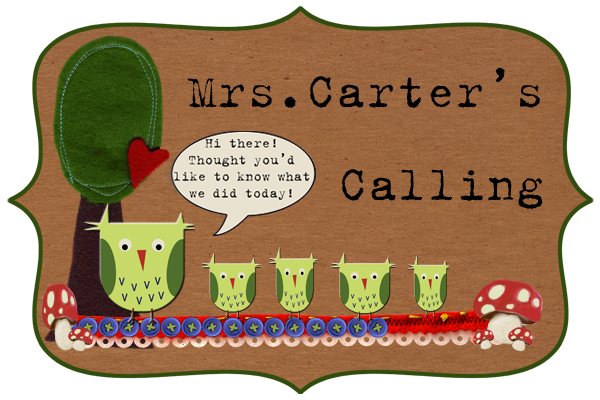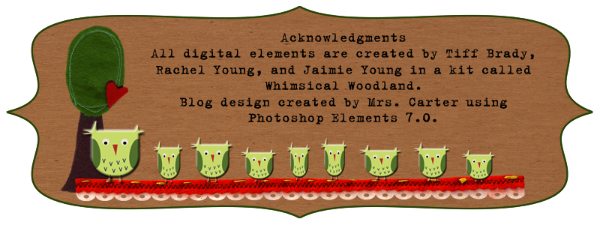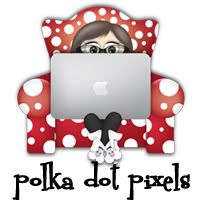Letter Names and Sounds
1. Use index cards to create two (2) sets of alphabet cards (letters A - Z). Play "Go Fish" or "Memory" with the alphabet cards. Have your child say the letter name when he/she makes a match.
2. Use index cards to create two (2) sets of alphabet cards (letters A - Z). Play "Go Fish" or "Memory" with the alphabet cards. Have your child say the sound the letter makes when he/she makes a match.
3. Use paper and crayons or markers to have your child make his/her own alphabet books. Help him/her write the letter on the top of the page and then draw items that begin with that letter. You can extend this activity by talking about the sound that letter makes.
4. After reading a book with your child you can play “I SPY” with letter names. Open to a page in the book and say “I spy the letter__”. Have your child find the letter.
5. Cut out letters from magazines, newspapers, or junk mail printed in different fonts. Have your child sort the letters to give him/her practice recognizing the key features of letters regardless of the font.
6. Use paper or plastic cups and label each cup with one letter of the alphabet. Cut out pictures from magazines or use objects from around your home to play a matching game. Have your child sort the objects/pictures into the cups based on the first letter sound that occurs in the name of the object (e.g. boat- match the object to the cup with the letter b on it).
Phonemic Awareness
1. Take turns thinking of two words that begin with the same sound. Examples: mom, moon; dog, door; fun, fast; paper, pet.
2. Play the "Say it quickly" game. You say a word, one sound at a time and then have your child say the word at the normal rate. For example, you say each sound in the word cat, "/k/ /a/ /t/." Then your child says the word at the normal speed, "cat." Play this game with five to ten short words (words like: am, is, it, in, on, sit, pan, sun, top, net, and fin) every day.
3. Play rhyming games. Say a two word rhyme (for example cat & sat) and ask your child to say a word that rhymes with your words. Take turns. Ask your child to say a word and then you respond with a rhyming word. For example, your child says, "run" and you say "fun"; he says "hair", you say "pair."
4. Play the "Say it slowly" game. Say a word at normal rate and then have your child say the same word slowly, one sound at a time. For example, say the word, "mat." Then your child will say that same word slowly, one sound at a time, "/m/ /a/ /t/." Play this game using about five (5) to ten (10) short words each day
5. Take turns thinking of two (2) words that end with the same sound. Examples: mom, some; dog, rug; fun, ran.
6. Play the “Change that word” game. Think of a one syllable word and have your child think of another word that is different by one sound. Take turns with each word. For example, sat, sit, sip, lip.
Phonics
1. Take the plastic covers from milk jugs and write letters (include vowels and consonants) on them. Put them in a baggie for easy storage and use those letters to build various words your child has learned to read and spell in class or words found in your child’s homework. Highlight or underline words that you can sound out from the day's "junk mail." Ask your child to read these words.
2. Use paper or plastic cups and label each cup with one letter of the alphabet. Cut out pictures from magazines or use objects from around your home to play a matching game. Have your child sort the objects/pictures into the cups based on the final letter-sound that occurs in the name of the object (e.g., cat- match the object to the cup with the letter t on it).
3. Go over your child’s reading homework with him/her everyday. If your child has a book or reading assignment, have him/her practice reading it out loud to you making note of certain word patterns that might be tricky for your child.
4. Make letter cards using a pen and paper or index cards. Using words from books or homework your child has brought home, practice building the words with the letter cards. Swap out vowels or consonants to make other words. Have your child practice reading the words he/she builds.
5. Practice reading word families (e.g., words that end in –an, -op, -it) by creating groups of words that all have the same vowel and ending consonant(s). your child can write them on index cards or a piece of paper in categories.
6. Practice identifying letter-sounds in a story book. Open the book to a particular page and have your child count the number of letters that make a specific sound. For example, how many letters on the page make the /t/ sound or the /l/ sound?
Fluency
1. Encourage reading fluency by having your child read and reread familiar books. It can also be helpful to have your child read a short passage over several times while you record the time it takes. Children often enjoy seeing if they can improve their time from one reading to the next, and the repeated reading helps to establish a habit of reading smoothly, with no mistakes, like natural conversation.
2. Schedule 15 minutes of special time every day to read with your child. Take turns reading a page at a time. Or, read a sentence and then have your child read that same sentence until you read through the whole book.
3. When your child brings home papers containing his/her completed work, let him explain what he/she did and have your child read the completed work (e.g., journal entries) to you.
4. Select a book that you know your child will be able to read with success and spend some time reading with him/her. To make the practice into a game, flip a coin to decide who will read each page or couple of pages.
5. Read a passage aloud for your child, modeling proper expression and rate. Read the same passage together with your child and then have him/her read the passage aloud on his/her own.
6. Encourage your child to read along while listening to a tape recording of a story. Many young adult novels can be found on audio-cassette or CDs in public libraries.
Vocabulary
1. Pick out a new vocabulary word from one of the books you are reading with your child. Talk about what it means having your child put the definition into his/her own words. Then make up a sentence with the new word. Try to use the word again that week.
2. When you are riding around your neighborhood, take turns spotting items that fit within a specified category. For example, tell your child to look for and give the name of things that are in the category of transportation (e.g., car, bus, train, boat) or plants (e.g., roses, sunflowers, hydrangea).
3. Use a photo from an album and ask your child to retell what happened the day the picture was taken. Encourage the use of vocabulary associated with the setting (e.g. tractor, milking, crops, etc.) of the picture and the use of sequencing words such as first, next, and last to provide the proper order of events.
4. Make hand puppets out of old socks to practice retelling stories read in school or at home. The puppets can take on the role of characters from the story.
5. Have your child pick out a word from his reading. Help him/her make a “word map” with that word, making connections using examples, nonexamples, synonyms, and antonyms. For example, the selected word ‘pretty’ could be mapped with sunsets, cockroaches, gorgeous, and ugly.
6. Encourage frequent conversation with your child. The give and take of constant shared conversation builds vocabulary.
Comprehension
1. Go to the school library, public library, or local bookstore each week and read a book together. After reading each book, talk to your child about what happened at the beginning, the middle, and the end of the story.
2. Go to the school library, public library, or local bookstore once each week and read a new book together. After each story is read, ask your child to retell the story to you. Go back to the story to reread sections if your child needs help retelling the story in sequence.
3. Schedule 15 minutes of special time every day to read to your child. Before you read each book, read the title and look over the cover and pictures inside. Ask your child what he thinks the book may be about (prediction). After reading the book, review his/her prediction. Was the prediction right? If not, what happened?
4. Go to the school library, public library, or local bookstore once each week and read a new book together. Read the title then look at the cover and pictures inside. Ask your child to predict what the book is about. After reading the book, review his/her prediction then ask about the characters, setting, problem and solution.
5. Fact or Opinion Game: You say a sentence to your child then ask whether it is a fact or opinion. Example: The weather is nice (Opinion). A dog can bark. (Fact).
6. Fold a piece of paper into three parts. Let your child draw a picture of something he/she did in sequence. Then help your child write one sentence under each picture explaining what he/she did first, next and last.










No comments:
Post a Comment
I love your comments and welcome them!
Feel free to communicate any ideas here!